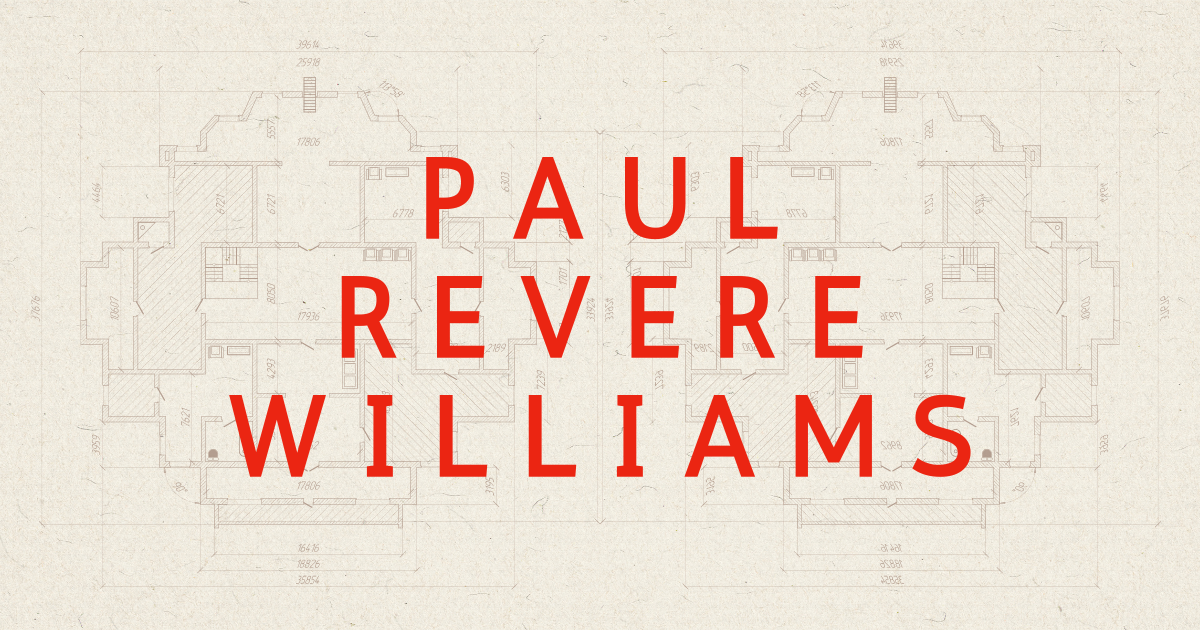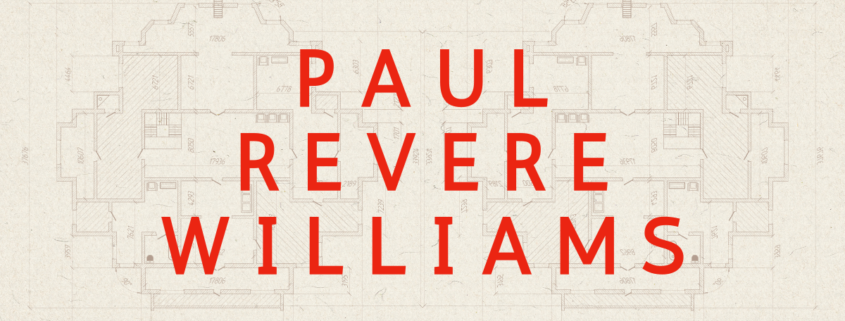Paul Williams, Architect

In recognition of African American History Month, we thought we’d feature the trail-blazing architect Paul Williams, FAIA. Best known as the “architect to the stars”, Williams was also the first certified African American architect west of the Mississippi. Williams has been posthumously honored with the 2017 American Institute of Architects (AIA) Gold Medal.
Paul Williams and why is he notable today?
Paul Revere Williams was an American architect born in 1894 in Los Angeles. He lived most of his life in California and died in 1980. During his lifetime, Williams made many strides in the field of architecture:
- He was the first certified African American architect west of the Mississippi.
- Williams was the first African American member of the AIA.
- He established his own architecture practice at a time in which racism was pervasive.
- He was a very successful architect, designing homes for celebrities as well as designing important commercial structures, including the MCA Building and the Theme Building at LAX.
- Williams was active in helping youth and African Americans and he donated his time and architectural skills to many organizations, including St. Jude Children’s Research Hospital.
- Eight of Williams’ works have been named to the National Register of Historic Places.
- Williams was posthumously honored in 2017 with the AIA Gold Medal which recognizes individuals whose work has a long-lasting influence on the theory and practice of architecture. He is the first African American architect to receive this award.
Paul Williams’ distinguished career
Paul Williams attended college at the University of Southern California. In 1916, Paul Williams was a national medalist in a Society of Beaux-Arts Architects competition. He became a licensed architect in 1921 and opened his own practice in LA 1923. He also owned a furniture manufacturing business. Early on, Williams’ practice focused on small homes and later, on large homes for famous clients.
Later, his practice expanded to include buildings now considered landmarks such as MCA, Saks Fifth Avenue in Beverly Hills, Palm Springs Tennis Club, LAX Theme Building, Beverly Hills Hotel which was popular with celebrities, and the Golden State Mutual Life Insurance Building.
During World War II, Paul Williams served as an architect in the US Navy Department. In 1957, he was recognized as a Fellow of the American Institute of Architects and he was the first African American to be honored with the award. During the 30s, 40s, and 50s, Williams was known as the “Architect to the stars”, having designed homes for many famous Hollywood celebrities, including Cary Grant, Frank Sinatra, Betty Grable, Lucille Ball, and Desi Arnaz.
Fact: Williams was known for his skill in drawing upside down. He said that he developed this ability as an adjustment to racism; in this way, he would accommodate clients who may not want to sit next to him.
In his American Magazine essay, Williams commented, “Virtually everything pertaining to my professional life during those early years was influenced by my need to offset race prejudice, by my effort to force white people to consider me as an individual rather than a member of a race….”
“Without having the wish to ‘show them,’ I developed a fierce desire to ‘show myself,’” “I wanted to vindicate every ability I had. I wanted to acquire new abilities. I wanted to prove that I, AS AN INDIVIDUAL, deserved a place in the world.”
Paul Williams was also active in political and social organizations and he donated his time and skills to projects that furthered the health and welfare of young people and African Americans. St. Jude Children’s Research Hospital is one such project.
Paul Williams retired from the practice of architecture in 1973.
Features of Paul Williams’ residential architectural style
During Williams’ career, he designed nearly 3,000 residential homes and buildings, mostly in and near Los Angeles. Here are some of the key features of his residential architectural style:
- Williams was not limited to a particular style; he used many styles from Georgian Colonial to casual California ranch style.
- Williams used the patio as an extension of the house, emphasizing outdoor living.
- His designs were light-filled and took advantage of the landscape and mild climate in southern California.
- Elegant spiral staircases in grand entryway halls were features of many of his home designs.
- His home designs were graceful, beautifully detailed, and had elegant proportions.
- Although the home designs were grand, they were still livable.
For more information on Paul Revere Williams and his work and life, check out the Paul Revere Williams Project.
Next time you are in Washington, DC, plan to visit the new Smithsonian museum The National Museum of African American History & Culture.



